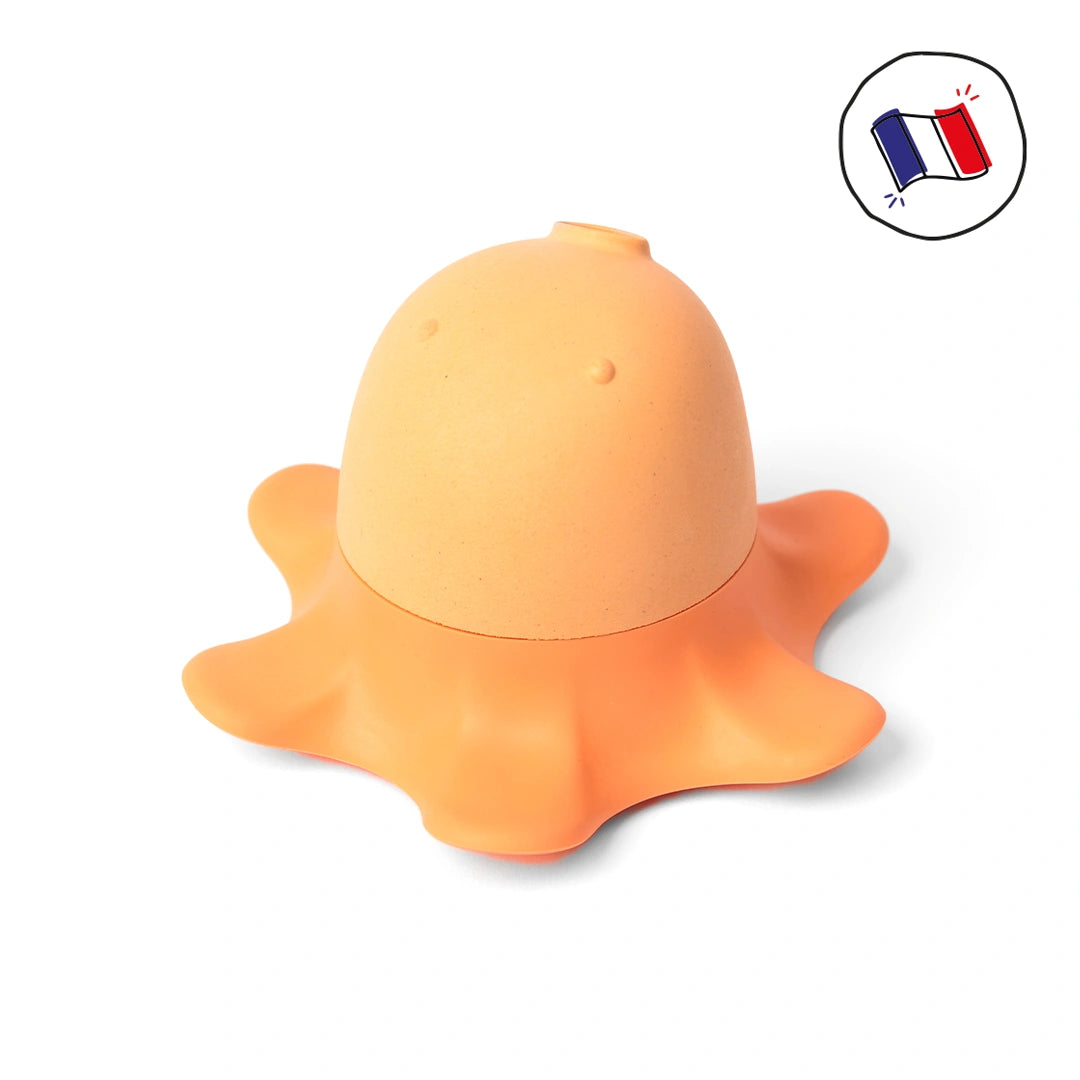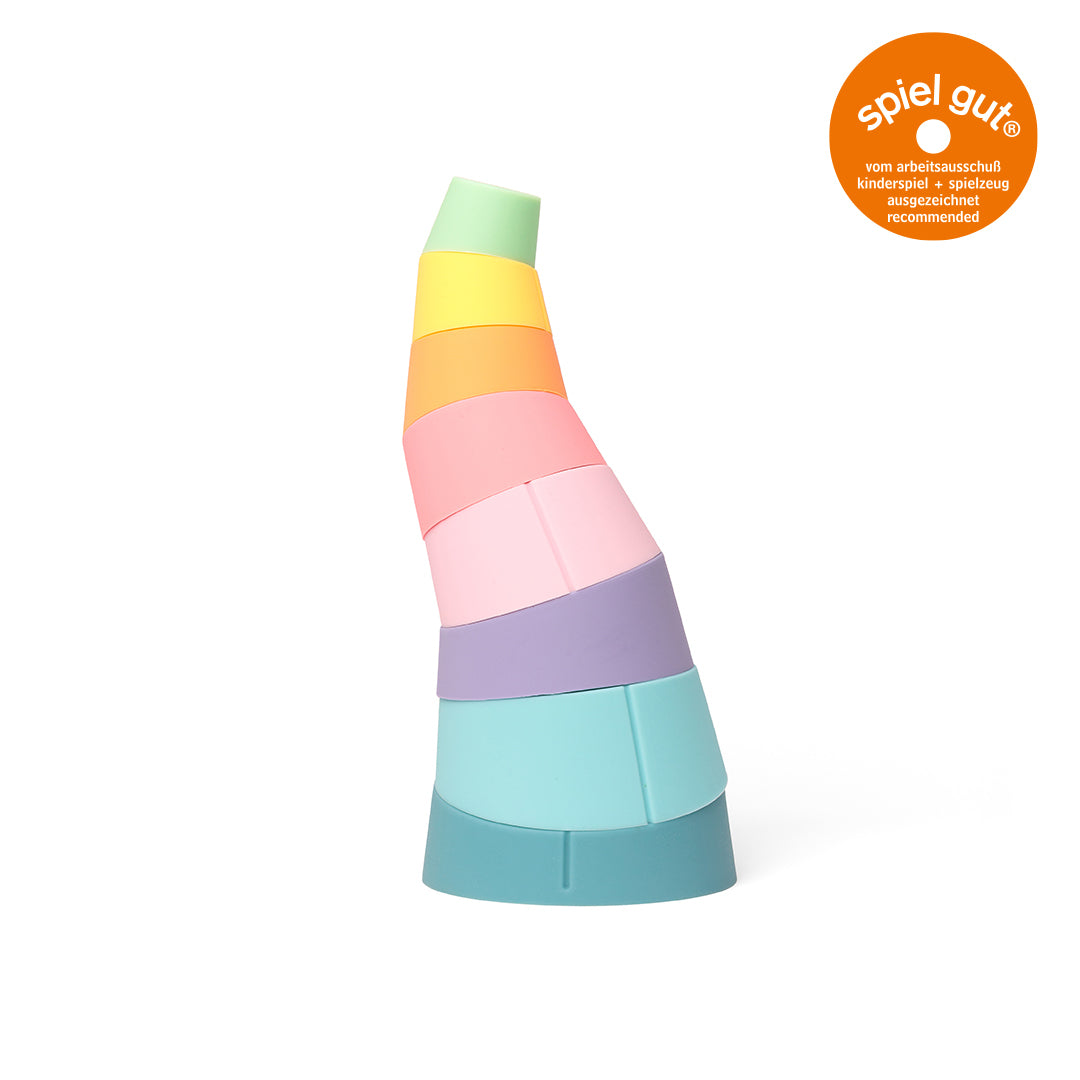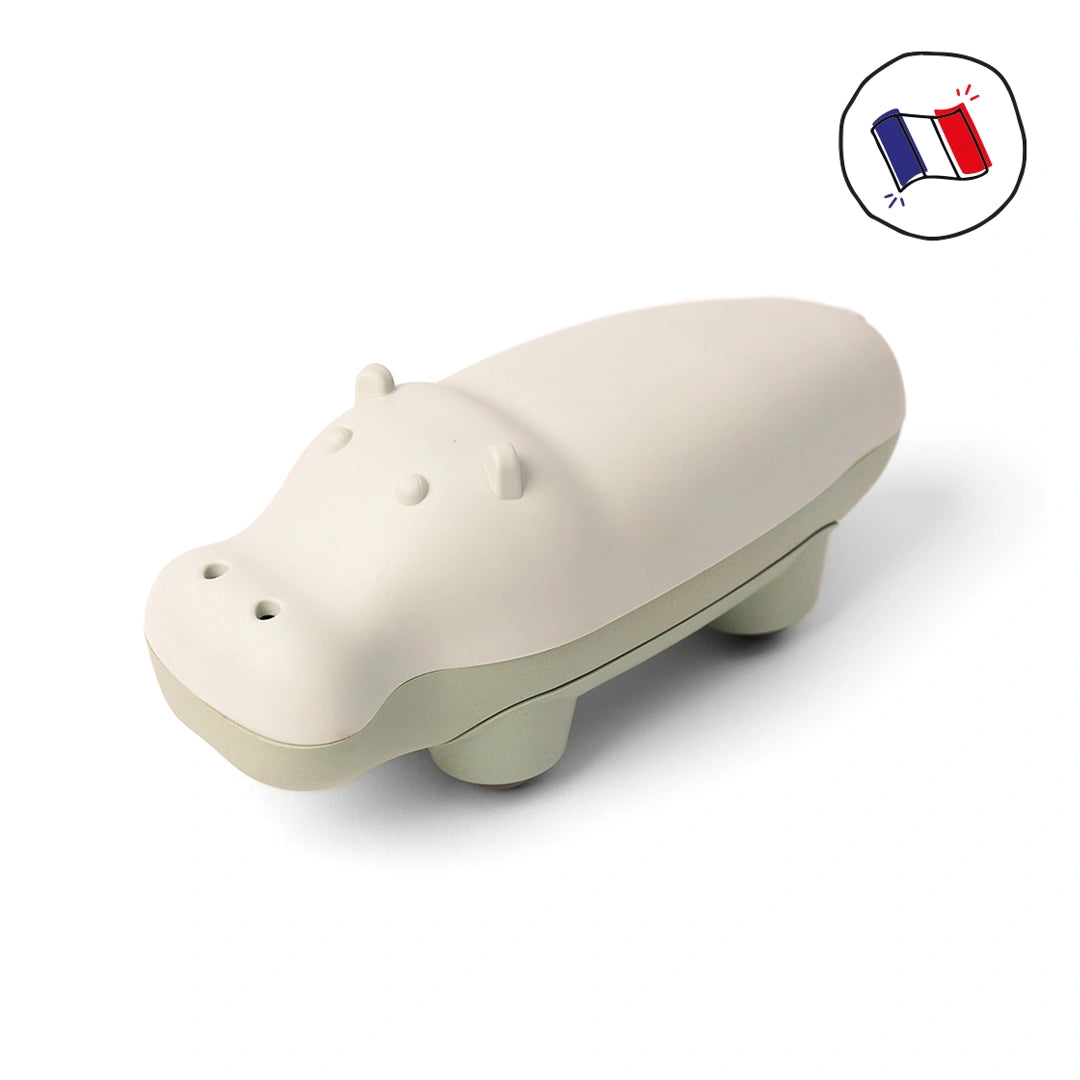You know it: play is essential to the proper development of children because it brings many benefits and allows learning while having fun!
Wondering how to position yourself with your child during playtime? Do you have to impose rules, show what needs to be done upstream or leave it completely autonomous?
What are the benefits of free play and guided play? In this article, we explain everything about free play or guided play, illustrated by testimonials from parents and childhood specialists.
Free play and guided play: what are the differences?
Free Play and Guided Play are two distinct methods to accompany the child in this precious moment of play.
A free play mode means that the child is not given instructions, no rules or instructions for use.
Let the child explore, make your own experiences. The more he will touch, manipulate, and discover for himself, the better he will understand the environment around him.
In setting up the guided game, the parent comes to set a frame, build an imagination by giving rules, inviting the child to reproduce a gesture... The child is always in control of his actions but is accompanied by a parent.

The educational benefits of free play
In order to obtain all the benefits of the free play mode, set up a favorable and secure environment:
a quiet place, close to a parent to be able to respond to the child's requests if necessary.
Free play reinforces position active of the child, he becomes responsible for his learning. Observe it and give it time. Free play offers many educational benefits :
-
The development of creativity
We open the field of possibilities by prohibiting instructions! The child can imagine everything, create everything, he will reinvent the game in his own way.
-
The learning of autonomy
Without a framework or models to reproduce, the child will make decisions by himself, show autonomy to invent his own rules. And that's the best way to have fun: do what you want! -
The development of self-esteem
The child, in total autonomy, will learn to manage on his own and he will very quickly realize that he is capable. This is how his self-confidence will grow!
Noémie, mother and educator, is a fan of free play :
“My practice is inspired by different currents of thought. It's all about offer a variety of media, allowing the child to build his own game. Some children will need the adult to stimulate a game and proceed by mimicry, but the vast majority have the skills to invent-create-imagine. I am convinced that my role is more in the observation than in “directing” the child’s play.”
Pauline, director and teacher shares the same opinion : “When I leave free play in my class, it is to give free rein to the imagination of the students. I have no other goals than playing together, sharing and imagining.”
The educational benefits of guided play
-
Facilitate learning
By accompanying the child and giving instructions, we can target specific learning such as the assimilation of colors, new words, working on calculation or logic for example. -
Learn to follow instructions
The parent will explain the rules, give an objective, and the child will have to learn to respect what has been stated, this also prepares him to follow the instructions at school! -
Develop the social skills
With guided play, the parent accompanies the child, invites him to play in this or that way, so both will have to cooperate, the child also learns to express his ideas!

Free play and guided play with Piks
With Piks, you can alternate the free and guided play mode according to the child's desires and needs.
-
free play
With Piks, there is no precise rule: the child can imagine and create anything!
To accompany your child, simply explain to him the principle of balance; it will always take 3 cones for a wooden board to be stable.
-
Guided play with creative cards
To help children who need a model or to work more particularly on visu-spatial abilities, we have created easy-to-use creative cards. Children will also learn to observer, and follow instructions.
Pauline uses Piks from time to time for her CE1 class: “Most of the time I explain the rules of the game or I provide the models to reproduce. For the Piks for example, the rule is to build together an unstable building that can be photographed.”

Free play and guided play
Free play and guided play are both essential for healthy child development. The combination of the two makes it possible to develop different and complementary skills. These game modes also vary according to the age of the child, the youngest will need rules to get started and feel confident and the older ones will want to be more autonomous and creative!
Sandrine, mother and kindergarten teacher: “Guided play and free play serve two different purposes. The structured game cannot be done without a game read beforehand. free play allows discovery, the development of the imagination, autonomy, initiative and above all to have fun! In structured play, he will have to learn to organize himself and build “strategies”, there is less room for chance. The goal is for the child to enjoy this search for strategy!”












